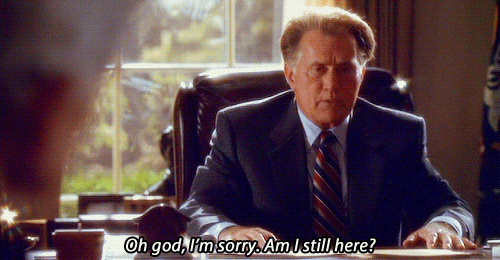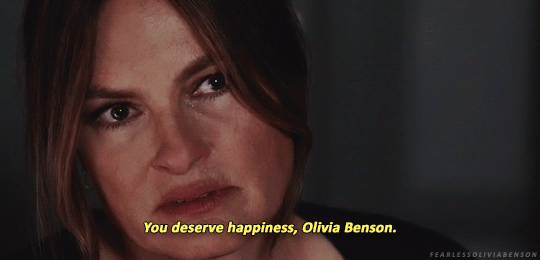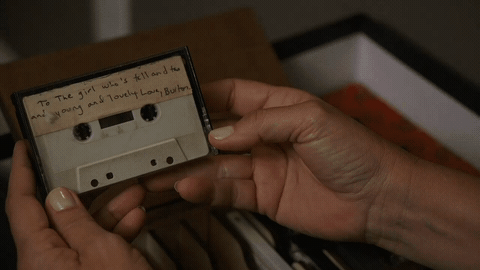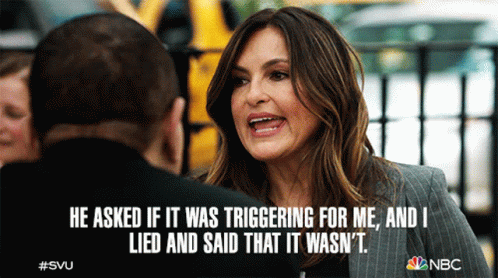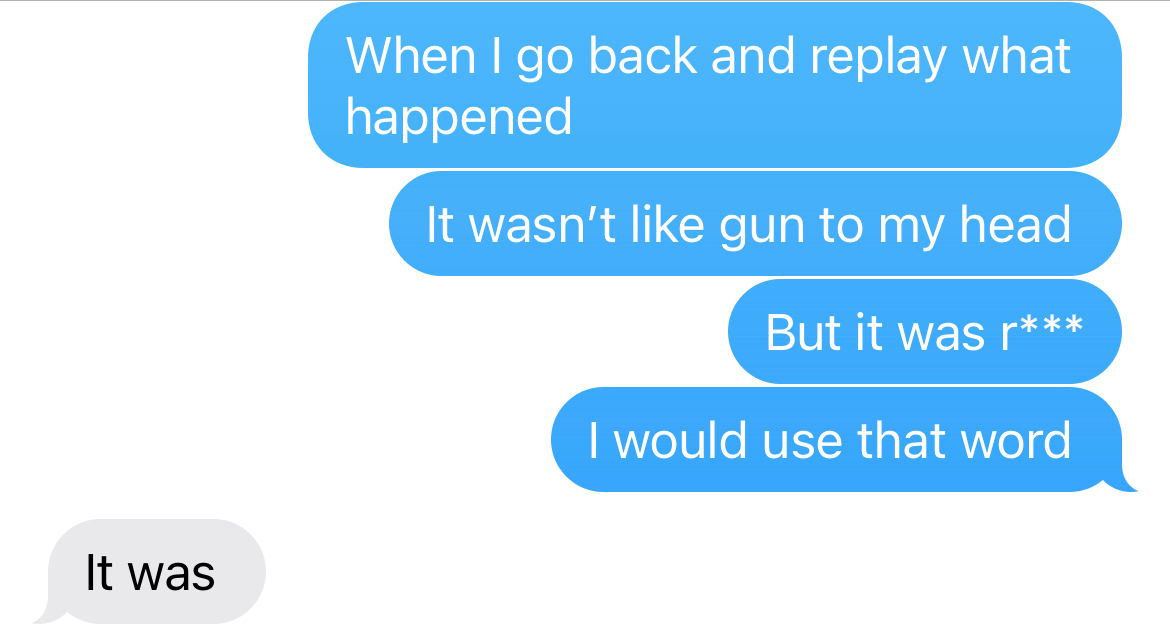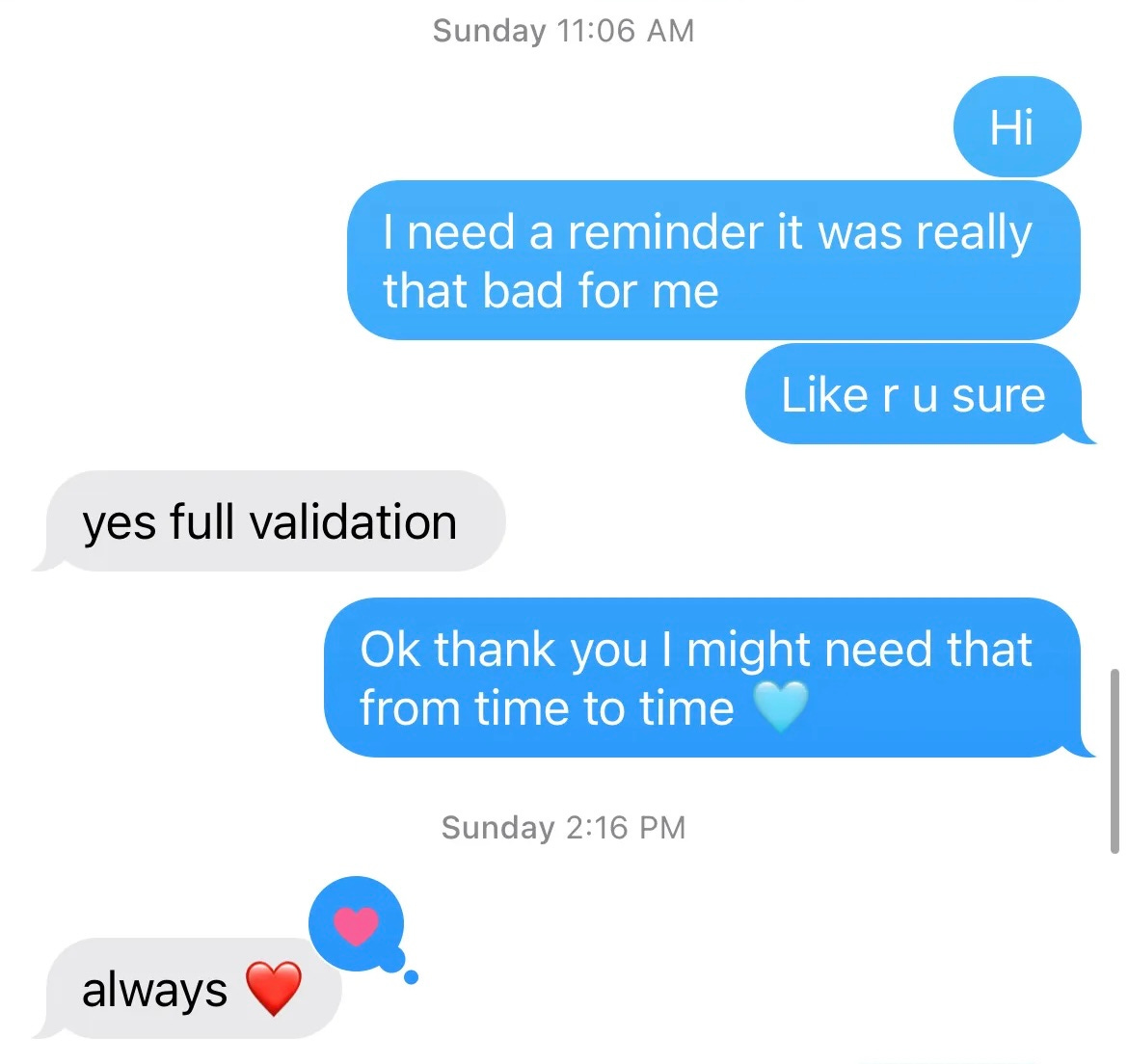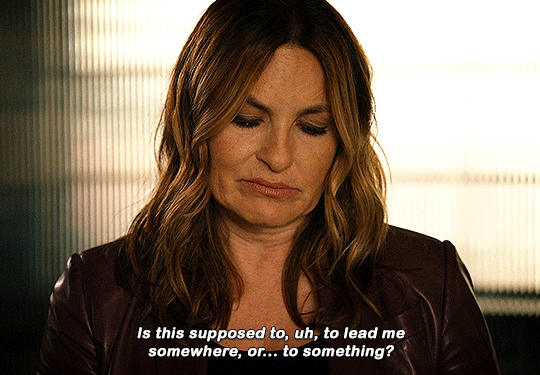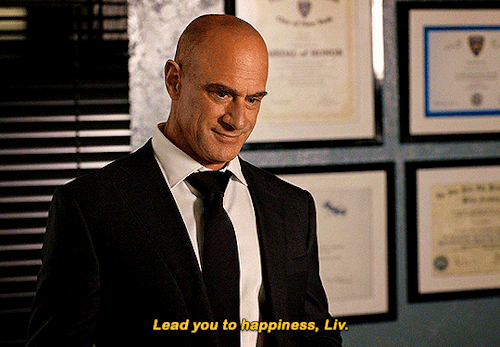Trust your symptoms.
Much of what we hate about ourselves is pointing us in the right direction.
Disclaimer: This essay recounts my experience as truthfully as my recollection allows. Certain timelines and dialogues have been compressed and reconstructed for clarity, respectively. Specific details have been intentionally omitted to respect privacy. All individuals discussed are considered innocent until proven guilty in a court of law.
Hello world. It is June. How on Earth did we get here?
Week to week, there are themes which come up amongst my caseload. I never plan it this way — it just happens. There is a certain magic behind a pool of strangers making waves of connection on their respective islands. The mystique extends to my own personal growth work, hence confessions of a mentally ill therapist. Some weeks my clients and I all learn new lessons together, while others bring clarity through familiar wisdom. Lately, we have been addressing the nebulous sensory quality of emotions which can force us to, quite literally, double over. Feelings have this way of leaving a trace over everything they touch. They also come with a set of clues about our unmet needs. My therapist often reminds me,
when we learn to listen to our parts, Saira, they no longer have to destroy us to be heard.
My cozy stuck place of the lack decade has been an obsession with staying at home and rewatching Law and Order: SVU. A lifelong fan, my love for Captain Olivia Benson recently began making me genuinely heartsick. If she could be happy, I could finally be happy. I was always able to ache for her in a way I could not access elsewhere in my life. Clearly, I was projecting something.
Olivia’s story is a heart wrenching one, beginning with her conception. Her mother, Serena, became pregnant because of a stranger r*pe. Serena raises Olivia alone, eventually becoming a professor at a nearby college. At 16-years-old, Olivia hopes to escape their turbulent home life by marrying one of Serena’s students. He was 21-years-old, and Olivia spent most of her life believing he was her first great love. Decades later, he becomes a suspect in a series of assaults on women he pursued exactly the way he courted teenage Olivia — down to a tape of the same song. The show’s 500th episode depicts a storyline of how Liv comes to realize the truth of her foundation for intimacy. Watching her grieve for her younger self sent me into blubbering, hiccuping sobs.
When I was just two years older than teenage Olivia, I entered my first and only long-term relationship. My partner was the opposite of me in every way you can imagine: a mild-mannered white young man of very few words. His almost complete absence of emotional expression created a false sense of steadiness. We initially became friends out of my ability to translate his silence, ghostwriting and editing his coursework. This was a familiar dynamic from my childhood relationships with boys, creating a thin veil of comfort. Our eventual partnership only intensified my supporting role in his life, while he had absolutely no part in mine (a blessing in disguise, I would later discover). He had a tendency toward selective impulsivity only in the privacy of our relationship. Most others saw him as a smart nice guy, a beta. I constantly begged to understand his incongruent patterns of behavior, initiating fights with him time and time again. He always said he was genuinely trying his best and knows he makes mistakes but doesn’t reflect on the past that much and kept doing things he didn’t mean. I spent all of my time away from him in Olivia Benson’s warm embrace, preferring her to any of my wonderful friends in real life.
My questions about this partner’s behavior led to many sleepless nights. Years passed after our break-up and I still kept outreaching him in various tones of civility. In between frothy small talk were rambling apologies on his end, and pleas to connect on mine. I felt ashamed about violating the cardinal rule of break-ups: never text your ex. When the urge struck me to connect, no amount of willpower could have stopped me. I initiated contact far more often than he did. I figured something was genuinely wrong with me for harassing someone about mistakes they made a decade ago. Why else would I become intermittently fixated on a college relationship 8 years after the fact?
Answering this question became a necessity after many years of severe dating aversion. I felt a complete black hole where everyone said my youthful desire was supposed to be. My current therapist helps tremendously by leaning heavily on intuitive curiosity, encouraging mine at every step. His questions help me slow down enough to hear the sounds of my own system, which accompany me in the darkness. This becomes a challenge of pausing to investigate the uninhibited, considering the value in any passing sensation.
This is where my field often begins to conceptually get it wrong.
Diagnostic criteria for post-traumatic stress is extremely imprecise and incomplete. Our framework for this phenomenon has certainly improved, though we seem to lose the client’s needs in it all. Olivia herself says healing begins when some bears witness, when someone sees and believes. Sure, my therapists have seen and believed me — but not completely. How could they? There were elements of me which were unknowingly hidden in my brain maze, too shameful for the world to see. I began worrying about being secretly evil since I was constantly pushing away intrusive thoughts of manipulating others. I felt disturbed at how easily I could abuse my power and completely ruin someone’s life. The potential to harm was an offense of the highest order. My protective parts saw no choice but to disguise this perversion, lest I doom myself to a lifetime of involuntary solitude.
Healing, for me, began in reverse as I bore witness to parallel client stories. Their accounts shared common core truths with mine, alongside varying details and context. We all experienced vertical evaluation of worth and self-perceptions frozen at the time of the trauma. Flashbacks felt more like replay: a busted film strip playing on a loop at a painfully low volume. The film itself has so many plot holes it might as well enter a new genre. Somehow the quiet repetition of horror forces the narrative to lose all meaning.
Let’s follow the metaphor a little further, shall we?
As a therapist, I have been trained with an outdated, standardized, evidence-based map of (what I like to call) the human brain maze. We hand our clients a walkie talkie with spotty connection, using our trusty map to help them find and beat the Minotaur on their own in 12 to 16 weeks flat. Evidence-based frameworks assume symptoms are the root of the problem, forcing shallow understanding. Many clinicians eventually ditch the standardized directions over time if they can afford to access costly credibility and space for intuitive practice.
All human relationships, parasocial and therapeutic included, are mirrors full of perceptions and reflections. Relational integrity makes room for us to use these mirrors as tools for personal expansion. This process can uncover terrifying truths, beyond which are greater clarity and purpose. You can imagine the potential timeline variety of this process from person to person. I was petrified when I ditched my training map of the maze because I hadn’t expected the loss. I flew with what remained within me, which was enough. All of us have and are enough.
It was only a matter of time until I applied all my metaphors, held a mirror for a client, and saw the clarity of my worst nightmare reflected back. My Minotaur at the heart of the maze, emerging from another’s shadow.
Bruh.
All of my symptoms have been a compass pointing me in the right direction, towards the entire picture. The context of an assault which occurred early in my relationship shifts the story of my 20s into a new light. My body has been sending me messages about this key detail in so many ways. Of course, there’s the choice of comfort show (projection/reflection), complete avoidance of intimacy (safety), and nagging for explanation (validation). In the relationship itself, part of me knew no true intimacy could ever exist between me and a person who assaulted me. My system coped through fragmentation as I denied reality and subsisted on validation from television fantasy. The first assault turbo-charged the cyclical torment between us, enough for me to constantly be preoccupied with a new violation. I never had the time or space to step back and assess the full picture. It makes complete sense for me to have been trapped in a vicious cycle of misery. Each outreach to him for understanding was a plea from somewhere deep within me to be seen and believed so I could finally move forward. This part of me was slowly acclimating me to reality, inch by inch — how valuable I was for him, and fatal he was for me.
Every week my therapist and I go back into my archives together, digging for more pieces of the puzzle. A loved one recently gifted me a portable notebook, which I have used when a memory download hits me like lightning. The scene will play out with incredible precision, showing me a devastating new element to grieve. The trauma integration process reminds me of the feeling you get when you start wearing a new eyeglass prescription, and the world is sharper. There is an adjustment period to the strain of seeing that level of clarity. Still, nothing has quite evaporated my fear like the truth. Occasionally I take the glasses off to rest my eyes, asking a friend for help.
Just like Olivia, it took me a long time to realize I had something to be seen and believed in the first place. Even our scariest of parts guided us along the way, strung together by the ineffable sensation of feeling.
Now I know to always trust the symptoms.




